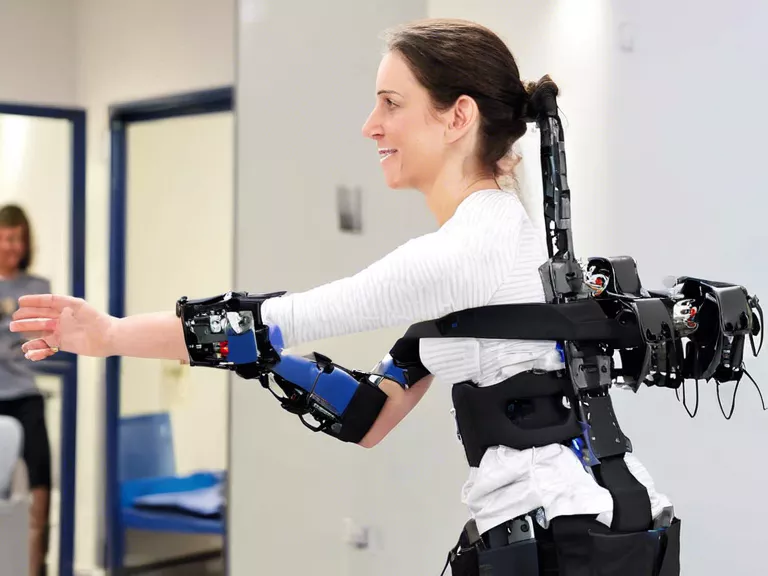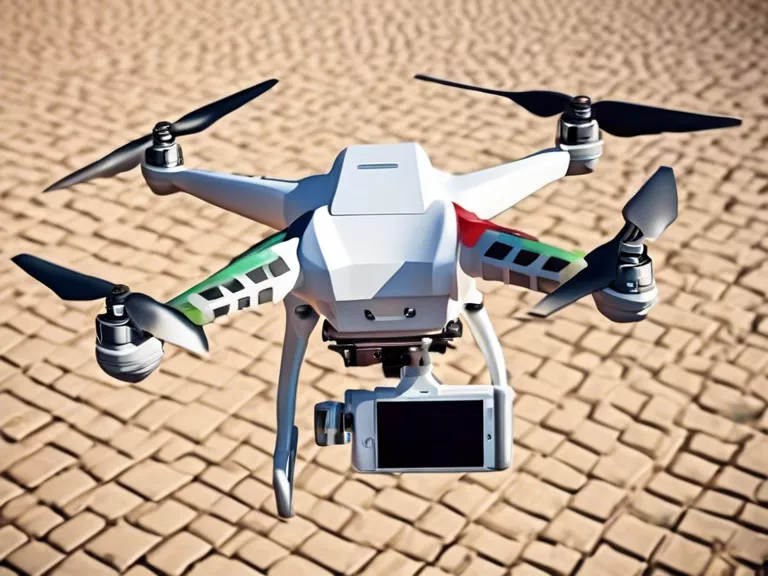
With advancements in technology, robotic exoskeletons are revolutionizing the field of physical rehabilitation. These wearable devices assist individuals in regaining mobility and strength after injuries or conditions that affect their ability to move. By providing support and guidance, robotic exoskeletons are transforming the way patients recover and regain independence.
Robotic exoskeletons come in various designs, ranging from full-body suits to devices that target specific body parts such as the legs or arms. These devices are equipped with sensors and motors that detect a person's movements and provide assistance as needed. By adjusting the level of support based on the individual's needs, robotic exoskeletons can help patients improve their balance, strength, and coordination.
One of the key benefits of robotic exoskeletons is their ability to provide repetitive and consistent therapy. This is essential for individuals recovering from stroke, spinal cord injuries, or other conditions that require intensive rehabilitation. By engaging in activities such as walking or lifting weights with the assistance of a robotic exoskeleton, patients can benefit from targeted exercises that promote muscle strength and flexibility.
Furthermore, robotic exoskeletons can also help improve the mental well-being of patients by boosting their confidence and motivation. Seeing tangible progress in their mobility and physical abilities can be a powerful motivator for individuals undergoing rehabilitation. With the support of a robotic exoskeleton, patients can push themselves further than they thought possible, ultimately leading to better outcomes in their recovery journey.
In conclusion, robotic exoskeletons are transforming physical rehabilitation by providing innovative solutions for patients seeking to regain mobility and strength. As technology continues to advance, these devices will play an increasingly crucial role in helping individuals overcome physical limitations and achieve their rehabilitation goals.



